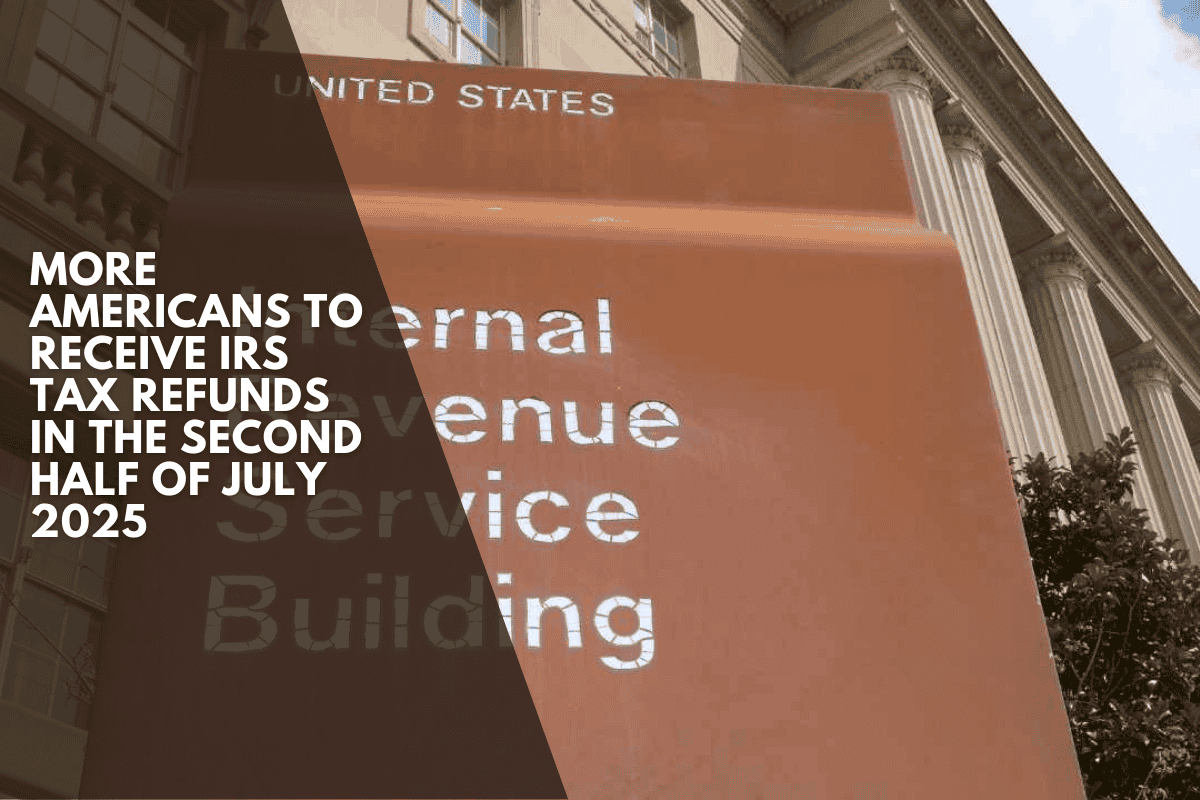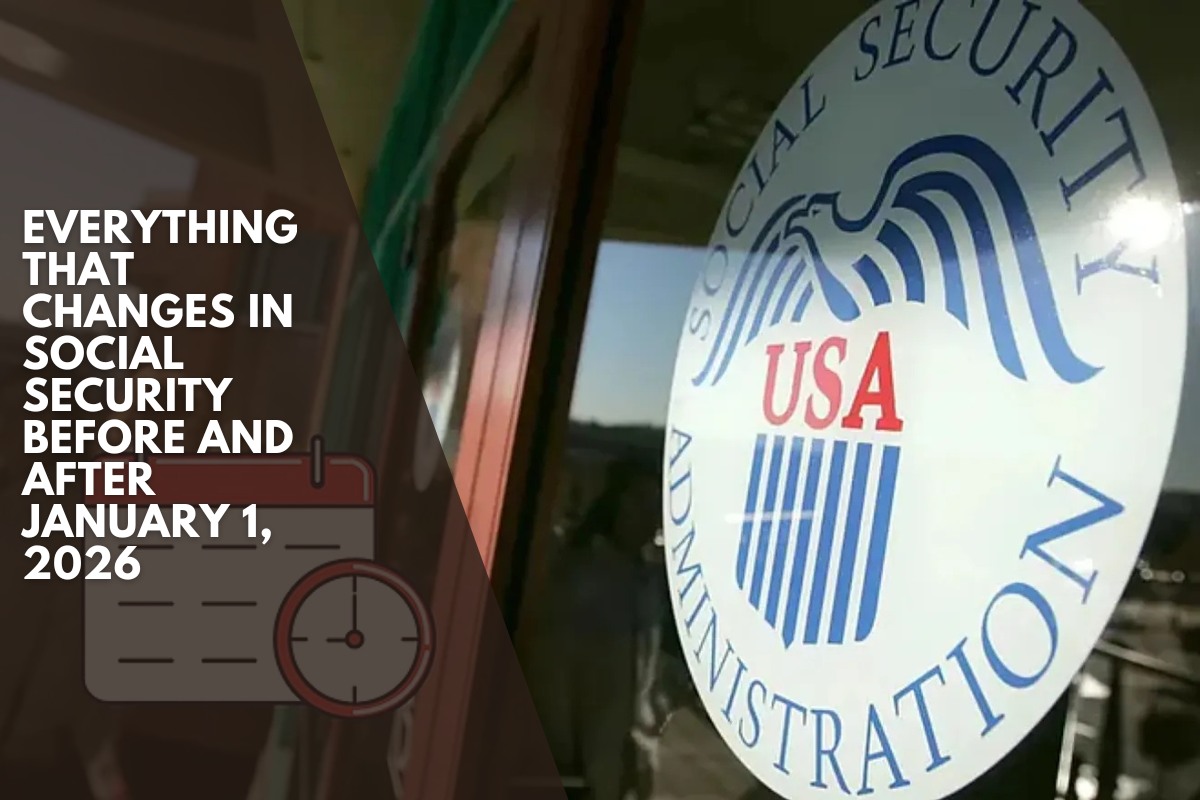The Internal Revenue Service (IRS) and state revenue departments continue to process 2024 tax refunds until late July 2025. If you’re still waiting for your refund, check out the latest federal/state refund distributions, recipient profiles, and average payment amounts based on official IRS and state agency data.
As of mid-July 2025, the IRS continues to issue tax refunds, particularly for taxpayers filing paper returns near deadlines. Refunds for paper forms submitted between May 16-31, 2025 will be issued between July 11-25, according to IRS guidelines.
Federal tax refunds still processing
Official IRS data confirms that late filers continue to receive payments in July’s second half.Refunds are now available for electronic filers who filed in early July, within the typical 21-day processing window.
Refunds are issued to taxpayers who overpaid their annual taxes or qualified for specific credits. This applies to individuals, families, and small businesses with credit balances after filing. The EITC and CTC are the most popular credit types that lead to refunds.
Delays still occur, however. Holdups are caused by documentation errors, identity verification issues, or IRS operational limitations. According to IRS sources, “budget cuts and staffing shortages” continue to put a strain on processing capacity.
The average IRS tax refund as of July 2025
In fiscal 2025, the average federal refund was $2,939, according to IRS records. This is slightly above the 2024 average of $2,869 USD. Several factors contributed to this increase. Adjusted withholdings had an impact. Changes in tax laws also helped. More taxpayers claiming credits also increased averages. The following are core annual comparisons:
Two states still delivering tax refunds
The North Carolina Department of Revenue (NCDOR) is experiencing paper check delays due to an abrupt closure of its printing vendor (announced on June 16). Electronic filers who use direct deposit remain unaffected. During the disruption, the NCDOR’s refund tracker shows limited data. Paper checks should still reach taxpayers in July, albeit more slowly than usual.
Georgia’s revenue department began issuing surplus refunds under House Bill 112 in June 2025 (June 2 notice). These apply to taxpayers who filed their 2023-2024 returns before May 1, 2025, or October 15 with extensions. Amounts are based on 2023 federal AGI: $250 for single filers and $500 for joint filers.Although distributions began in June, some payments will arrive in July due to ongoing processing.
Furthermore, no other states have announced special July refund programs. Standard processing continues in California, New Jersey, and South Carolina. Personal refunds in California are typically processed within one month, while business refunds take up to six months. EITC refunds in New Jersey are frequently subject to longer review periods. Taxpayers should go directly to their state’s revenue portal for real-time updates.
Didn’t get a check from the IRS? Here’s what to to next
If you haven’t received your IRS tax refund within the expected timeframe (21 days for e-filers, 6+ weeks for paper filers), you can check the status using the “Where’s My Refund?” tool on IRS.gov or the IRS2Go app. If it says “issued” but you haven’t received it, wait an additional 5 mailing days before taking action.
To report missing checks, call the IRS refund hotline at 800-829-1954 for individuals and 800-829-4933 for businesses. Have your Social Security number, filing status, and exact refund amount handy. If the check was lost or stolen, you may need to file Form 3911 (Taxpayer Statement Regarding Refund) to request a trace.
Direct deposit filers must verify their bank information; if rejected, the IRS will mail a check to the address on file. For unresolved cases, please contact the Taxpayer Advocate Service at 877-777-4778.












